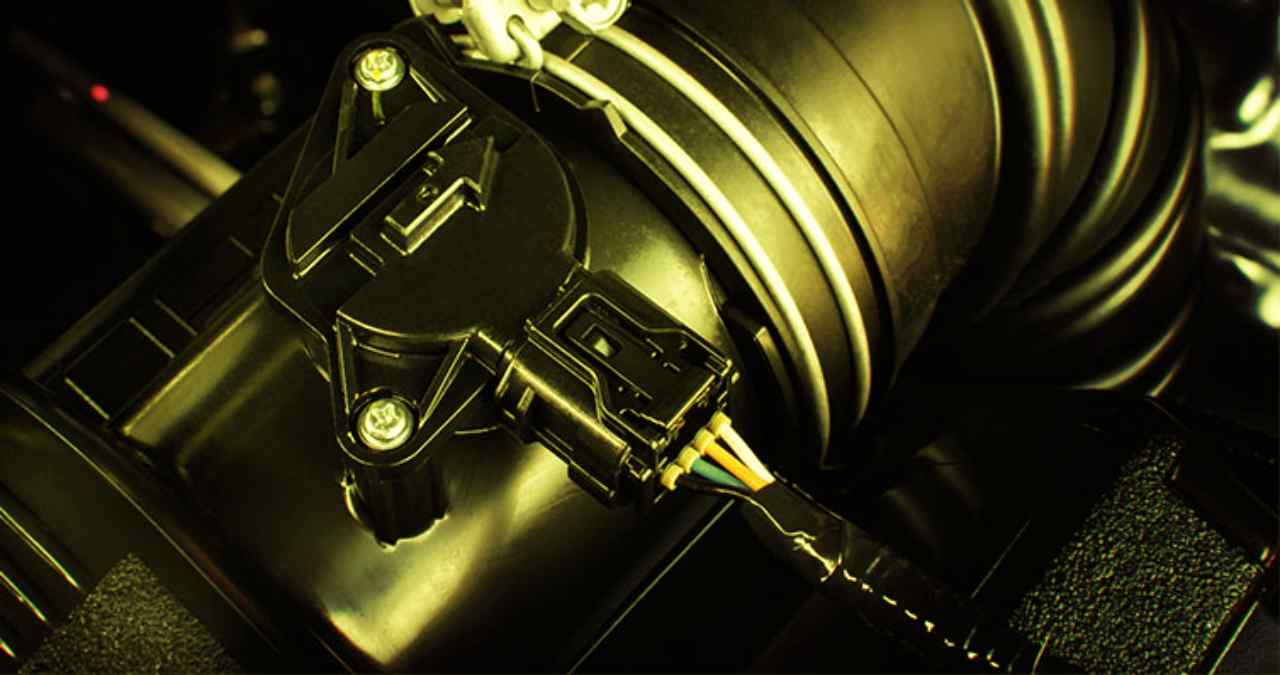Your vehicle has a number of sensors that help maintain optimal driving performance. One key sensor is the mass air flow sensor, or MAF sensor. Learn to spot the symptoms of a bad MAF sensor, what happens if this sensor fails and whether you should keep driving with a bad sensor.
What Happens if a Mass Air Flow Sensor Fails?
Your MAF sensor measures the air flow that enters the fuel injection system of your vehicle. It measures this mass and sends the information to the engine control unit. This information is used to determine the ideal amount of fuel to be injected into the engine, creating the optimal air/fuel ratio.
Unlike other damaged sensors, a faulty mass air flow sensor is typically obvious. Because this entire system relies on information from the MAF sensor, a dirty or damaged sensor can cause the following performance issues:
- Hiccupping or stalling engine
- Starting issues
- Turning over issues
- Lean or rich idling and jerking acceleration
Look for these signs or an illuminated check engine light. To verify that the issue is your MAF sensor, you can use an OBD-II scanner. This simple error code reader connects to your vehicle and gives you the exact error code that caused your check engine light to turn on. This information can verify that the issue is your mass air flow sensor, or it can point to another faulty electrical component.
Also Read: What Is A Drone And Where Can We Fly Them?
Can You Drive With a Bad Mass Air Flow Sensor?
You can drive for a short period with a bad mass air flow sensor, but you’ll experience engine performance and fuel economy issues. Continued driving with a bad sensor can result in more extensive engine damage or additional fuel costs. These symptoms may also point to a more serious issue with your engine, so it’s important to address the issue quickly to find out whether the cause is a simple sensor or something more extensive.
Clean or replace your MAF sensor to restore your engine’s performance and remove the error code. You can find this sensor connected to your vehicle’s air box. You may have to remove the cover to find it. Once you locate the sensor, you’ll need to carefully remove the wire connector. There’s typically also a screw or bolt holding it in place.
Use caution when removing your MAF sensor. It may simply be dirty and need cleaning with a sensor cleaner solution. Try cleaning and replacing the sensor if you don’t immediately see any damage. If this doesn’t work, you’ll need to replace the sensor. While rare, the wires connecting the sensor to the engine control unit may also be damaged. You may need to replace a wiring harness or other electrical component to restore the air/fuel ratio of your vehicle.
Shop online or at a convenient auto parts store to find the exact MAF sensor to fit your make, model and year of vehicle. A replacement sensor can restore your engine’s performance, fuel economy and remove error code P0171 from your vehicle. Keep your vehicle driving smoothly with a new MAF sensor from a reliable auto parts store.
Also Read: How Can We Duplicate Our Mobile Screen On A TV And Transfer Content




